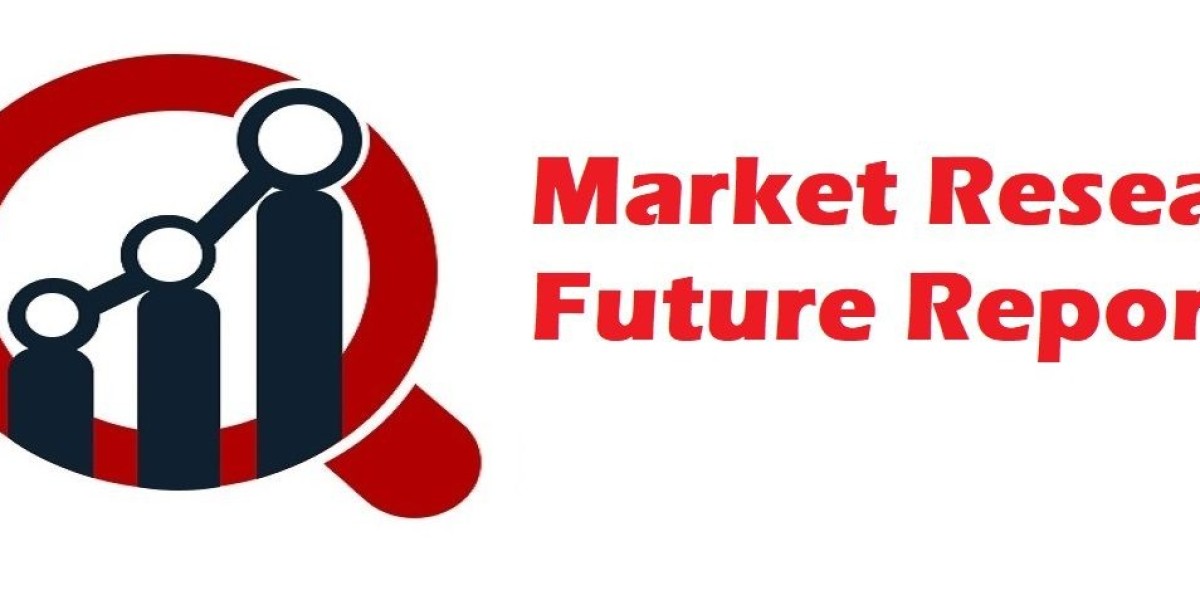The rapid development of Artificial Intelligence (AI) in recent years has sparked discussions regarding its potential to transform various industries. Data analysis is one of the industries that is undergoing transformation, and there has been a lot of debate and speculation as to whether AI can ultimately supplant human data analysts in the future.
This article seeks to provide a comprehensive analysis of the capabilities, limits and consequences of AI in data analysis .
The Case For AI Replacing Data Analysts :
As AI has demonstrated the potential to transform the manner in which data is organized, analyzed, and converted into useful insights, we will look into the reasons why AI could eventually take the place of human data analysts,
1. Unparalleled speed and efficiency :
Algorithms powered by Artificial Intelligence (AI) are capable of processing large amounts of data at a rate that would be impossible for human analysts to achieve. This speed of processing allows for faster insights and real-time decision-making. Humans can process data, but they cannot crunch numbers or analyze patterns at the same speed as AI.
2. Scalability and Consistency :
As data gets bigger and more complex, AI scalability becomes a key differentiator. Unlike a human analyst, AI systems do not get tired or slow when performing the same tasks. Even if you are dealing with a huge amount of data, you can expect the same results every time. That kind of predictability is important for any organization that wants to get consistent results across their data analysis.
3. Automated Pattern Recognition :
Artificial Intelligence is great at picking up on subtle patterns and anomalies in data sets that might not be obvious to a human. Machine learning algorithms can pick up on tiny connections, trends and exceptions, which can lead to more precise predictions and a better understanding of what is going on. This is especially useful in areas like finance, where even small patterns can have big implications.
4. Reduced Bias and Error :
One of the biggest issues with data analysis is that human mistakes and biases can affect the results. AI algorithms are able to work in an objective way, which helps reduce the chances of human cognitive biases influencing decisions. This objectivity makes data-driven insights more trustworthy and unbiased, helping you make better decisions in different industries.
5. Exploratory Insights :
AI can find hidden connections in big data, which can take a lot of time and effort for a human analyst to do. AI can look at lots of different variables and connections at the same time, which means it can find things that a human analyst might not be able to. AI can uncover hidden opportunities and risks that a human analyst would not be able to, which can give organizations a competitive advantage.
6. Resource Optimization :
AI automates mundane and repetitive tasks so that human data analysts can focus on strategic and creative analysis. This optimizes resources so that experienced analysts can use their skills to solve complex problems and come up with new strategies, while AI takes care of mundane tasks.
7. Continuous Learning and Adaptation :
Machine learning algorithms can learn from new data all the time, so that they can keep getting better at what they do. This adaptive learning helps AI stay up-to-data and relevant in ever-evolving and fast-paced environments, which is better than relying on human analysis methods that may not keep up with changing trends.
The Case Against AI replacing Data Analysts :
Ai is definitely transforming the working of industries, but there is a good argument to be made that AI will not replace human data analysts completely. The subtlety and the intricacy of data analysis, combined with human qualities forms the basis of the argument against AI replacing human data analysts.
1. Human Intuition and Contextual Understanding :
Data analysis is not just about crunching numbers, it is about understanding the context and subtleties of the data. Human analysts have intuition honed through trial and error, which allows them to see results in the context of a business, industry, or society, AI, which lacks human experience and comprehension, struggles to understand the deeper meaning that data conveys.
2. Domain Expertise :
Many data analysis challenges are rooted in industries or sub-sectors. Analysts often rely on their domain expertise to interpret data anomalies, determine relevant parameters, and understand the impact of data trends. However, AI algorithms lack the domain expertise that humans possess, which limits their ability to deliver contextually relevant insights.
3. Unstructured Data Challenges :
Data from the real world is usually unstructured, made up of text, pictures, and other things that need to be understood on a human level. AI can do a good job with structured data, but it's still tough for machines to read sentiment in customer reviews, understand complex language, and get insights from visual data. Human analysts can do a better job of extracting meaning from these types of data.
4. Creativity and Critical Thinking :
Data analysis often involves thinking outside the box and critical thinking. This is especially true when dealing with new problems or testing new ideas. Human analysts are able to think outside the box and come up with creative solutions to problems, which AI doesn’t have.
5. Ethical Considerations and Judgement :
AI algorithms don’t have the same ethical and moral judgment as human analysts. Ethical factors are crucial when analyzing data, especially when it comes to sensitive or controversial information. Human analysts are able to navigate the ethical ambiguities that arise, making sure that decisions reflect human values and social standards.
6. Interdisciplinary Insights :
Data analysis often necessitates cross-disciplinary insights. Human analysts, with varied backgrounds, can connect dots across multiple disciplines to enrich the data analysis process. On the other hand, AI, operating in silos, struggles to deliver cross-disciplinary insights that include a broad range of perspectives.
Conclusion : Striking a Balance
Rather than a one-and-done approach, the future for data analysis is likely to be an AI-human partnership. By harnessing the power of both, organizations can get more accurate, more insightful, and more actionable results :
1. Human oversight: AI can automate mundane tasks, but human oversight remains critical to validate results, interpret context, and ensure ethical considerations are taken into account.
2. Creativity: Data analysts are better equipped to solve problems creatively, by exploring new questions and coming up with innovative approaches to problems that AI may not be able to solve.
3. Domain expertise: Human analysts offer domain expertise that bolsters AI models, making them more accurate and relevant within specific sectors.
4. Ethics and context: AI is unable to comprehend ethical implications and nuances, areas in which human analysts play an essential role in making decisions.
The question of AI replacing data analysts is complicated and multi-faceted. AI does bring speed, efficiency and scalability to the data analysis process, but it doesn't have the deep understanding, domain knowledge and innovative thinking that human analysts have. The future is likely to be a collaborative one, where AI helps people do their jobs better but doesn't totally replace them. Finding the right balance between AI and human expertise could lead to better, more accurate, and more ethical data analysis, making sure that the best of AI and human expertise is used for the betterment of organizations and society.








